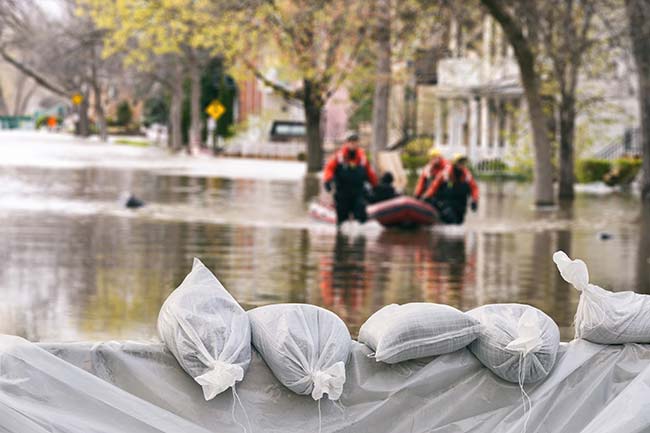by Bob D’Ambrosio
The devastation left behind due to hurricanes Harvey and Irma forces the question: How would your church respond? Is your church prepared to be a first responder? Are your people equipped to help if your community experiences a catastrophic event?
When disaster strikes, you need to move fast. There’s no time to form a committee to decide what needs to be done.
Here’s what your church can do before the next disaster:
Create an externally focused connections team
The externally focused team locates service opportunities within the community for ministry partnerships. For example, you could arrange a connection with the Red Cross to have your facility designated as a shelter or evacuation site. Partner with community organizations that provide services that will be needed in times of crisis. The first churches to respond to the flooding in Houston were the ones that had already arranged this connection.
Identify potential community partners
Look for agencies in your community that offer services your church does not offer. Discern whether an organization’s mission aligns with your core values, if it has demonstrated wise use of funds, and if it has needs your church can meet.
Explore partnership potential
Determine how your church can assist with the mission of the agency or organization you choose to partner with. Does it need donations? Volunteers? Your church can have an ongoing partnership throughout the year or an “as-needed” arrangement for unexpected emergencies.
Develop ongoing relationships
Look for other ways to continue church support and connection. You could sponsor fundraising events, market the organization’s needs, or provide ongoing volunteer support. Once a relationship is established, your church is positioned to respond immediately when a disaster strikes.
When people experience devastation and suffering from a catastrophic event, the church must respond. Is your church ready?


